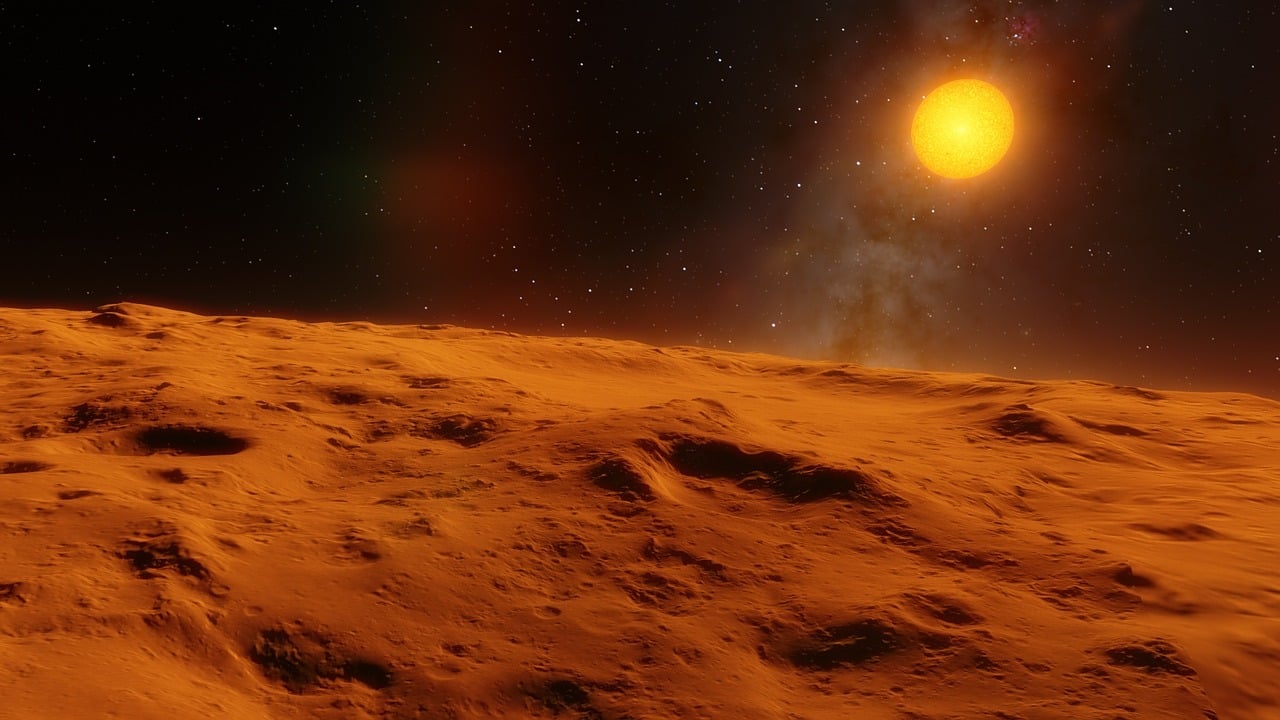Recycled NASA Spacecraft On Target for Comet Flyby
Asa European comet probe prepares to swing by an asteroid this weekend, arecycled NASA spacecraft is headed for its own cosmic rendezvous with acomet.
NASA'sDeep Impact/Epoxi probe is zooming toward the Comet Hartley 2 and isexpectedto fly past the icy wanderer on Nov. 4. But first, the spacecraft —whichoriginally flew to a different comet in 2005 — had to return to Earthbrieflyto nab a speed boost, NASA officials said.
TheEpoxi spacecraft flew past Earthon June 27 taking advantageof the planet's gravitational force toincrease its speed for thejourney to Comet Hartley 2.
OnSaturday, the European Space Agency's Rosettaspace probewill fly bythe previously-unvisited asteroid Lutetia. The spacecraft will take thefirstever close-up photos of the space rock, while traveling on its currentpath toits main target, the comet 67P/Churyumov-Gerasimenko.
Membersof the Epoxi team at NASA's Jet Propulsion Laboratory (JPL) inPasadena,Calif., are currently analyzing data returned from the Earth flyby inorder torefine the spacecraft trajectory estimates in preparation for theprobe's cometvisit.
The Epoxispacecraft was originally built as themother ship for NASA's DeepImpact mission which intentionallycrashed a probe into cometTempel 1 in 2005 todetermine the object's composition[Photosof the comet crash.]
Duringthe recent Earth flyby, the Epoxi probe was not expected to snap anyphotos ofEarth, the mission's principal investigator Michael A'Hearn, of theUniversityof Maryland, told SPACE.com.
Breaking space news, the latest updates on rocket launches, skywatching events and more!
Because the flyby was so different than what scientists expectat CometHartley2, the probe also couldn't use the short flyby as a dress rehearsal fortheactual comet observation campaign, he added.
"Coupledwith the very different flyby speed and the huge difference betweenEarth and acomet for autonomous navigation, a dress rehearsal would not be a veryvaluabletest," A'Hearn said.
Epoxi'sactual observation campaign for Comet Hartley 2 will last three months,withthe closest approach lasting just one day — Nov. 4, A'Hearn said.
Onflyby day, Epoxi will zip past the comet and observe it with all threeof thespacecraft's instruments (two telescopes with digital imagers and aninfraredspectrometer).
Epoxiis an extended, unmanned mission of the Deep Impact space probe. Its name is derived fromits dual science investigations — DeepImpact Extended Investigations (DIXI) and the Extrasolar PlanetObservation and Characterization (EPOCh).
Thespacecraft was built for NASA by Ball Aerospace & TechnologiesCorp., inBoulder, Colo. JPL manages Epoxi for NASA's Science Mission DirectorateinWashington, D.C. The University of Maryland is the principalinvestigator institution.
- Deep Impact's Top 10 CometCrash Images
- NASA's Stardust Journey to aComet
- Comet's Collision with theSun Captured in 3-D

Denise Chow is a former Space.com staff writer who then worked as assistant managing editor at Live Science before moving to NBC News as a science reporter, where she focuses on general science and climate change. She spent two years with Space.com, writing about rocket launches and covering NASA's final three space shuttle missions, before joining the Live Science team in 2013. A Canadian transplant, Denise has a bachelor's degree from the University of Toronto, and a master's degree in journalism from New York University. At NBC News, Denise covers general science and climate change.
